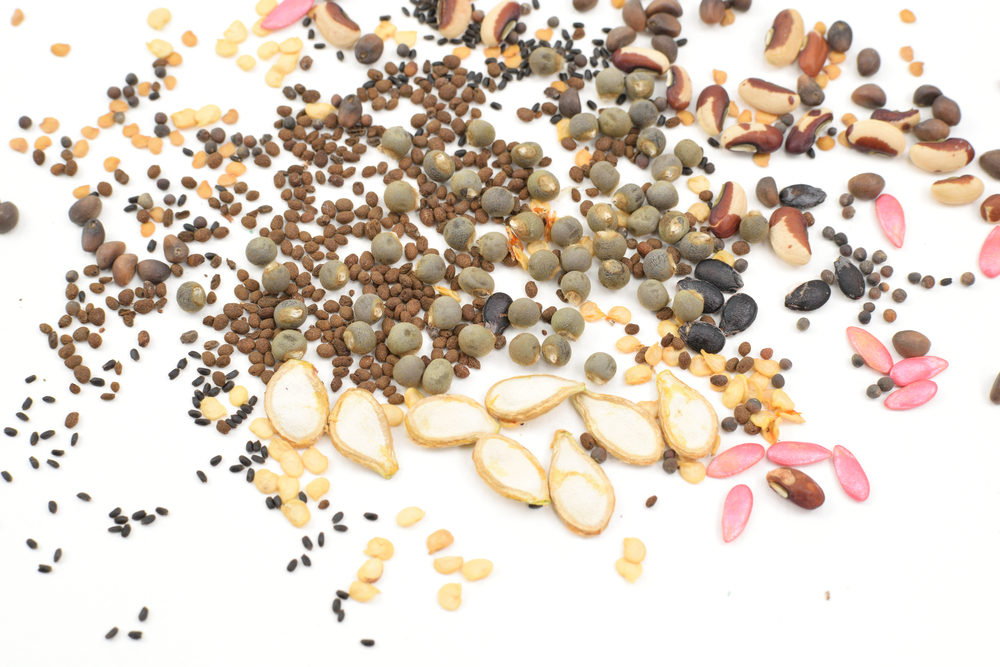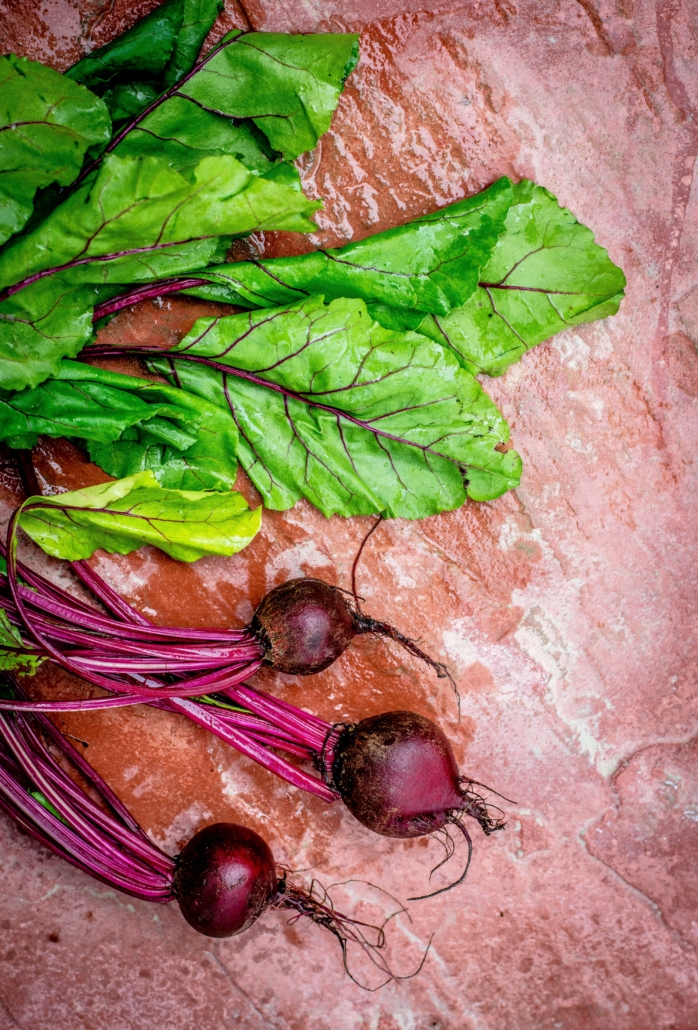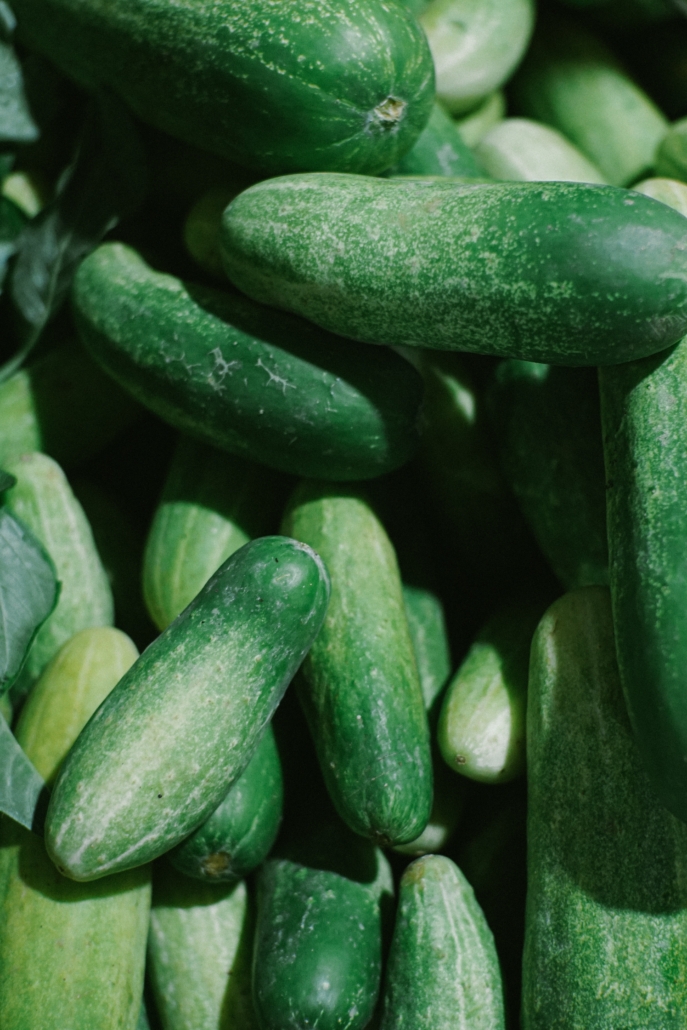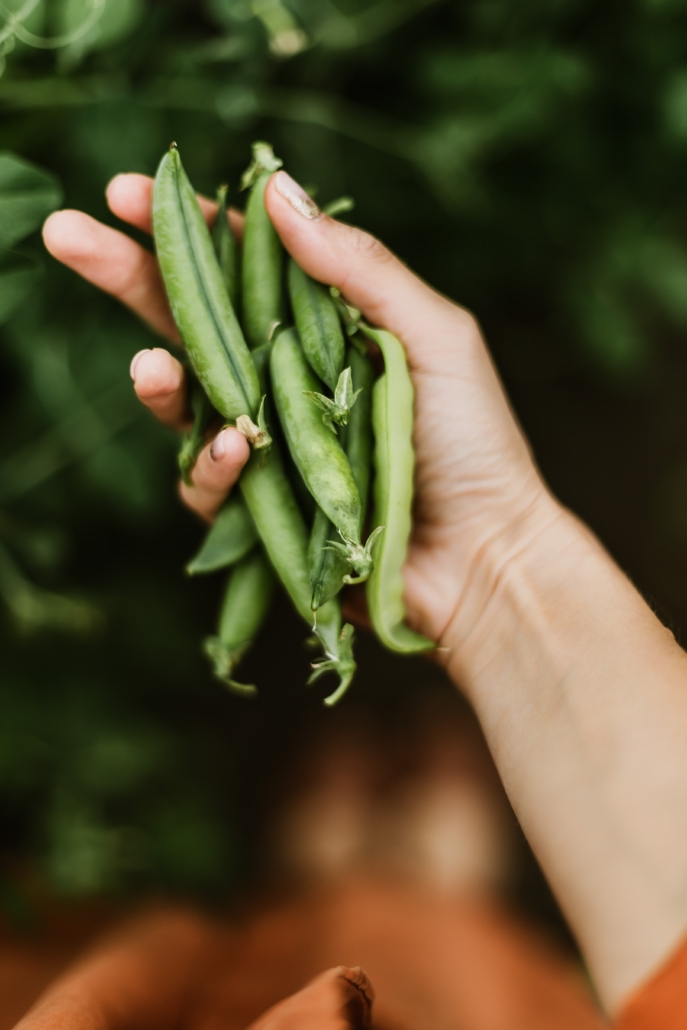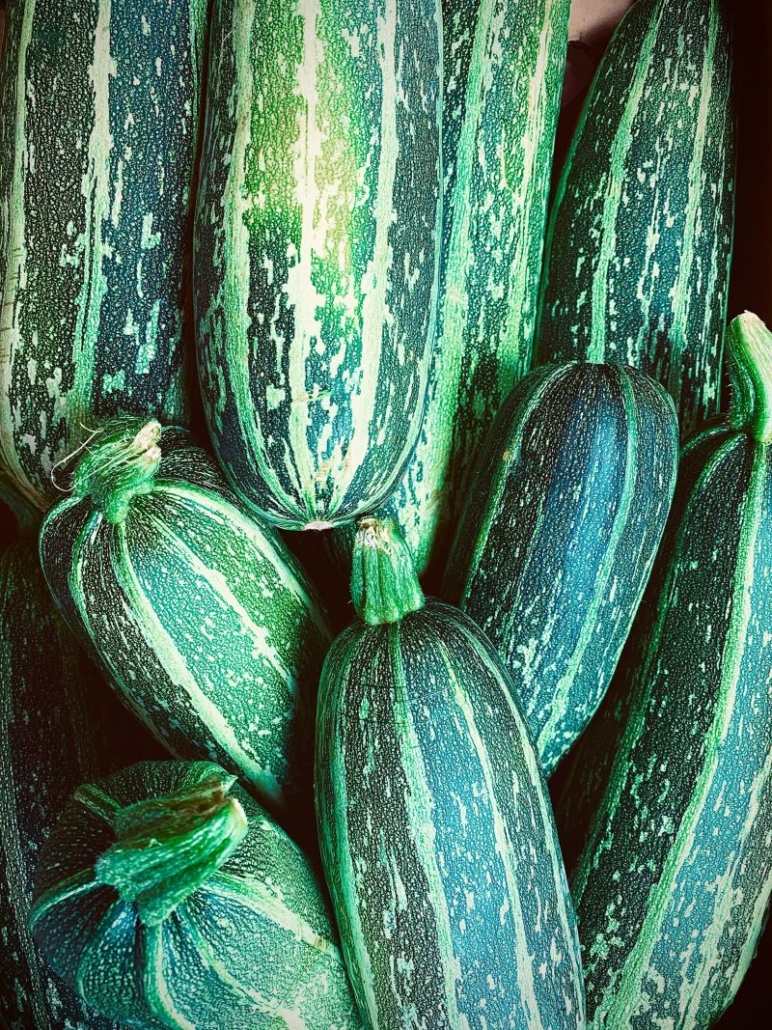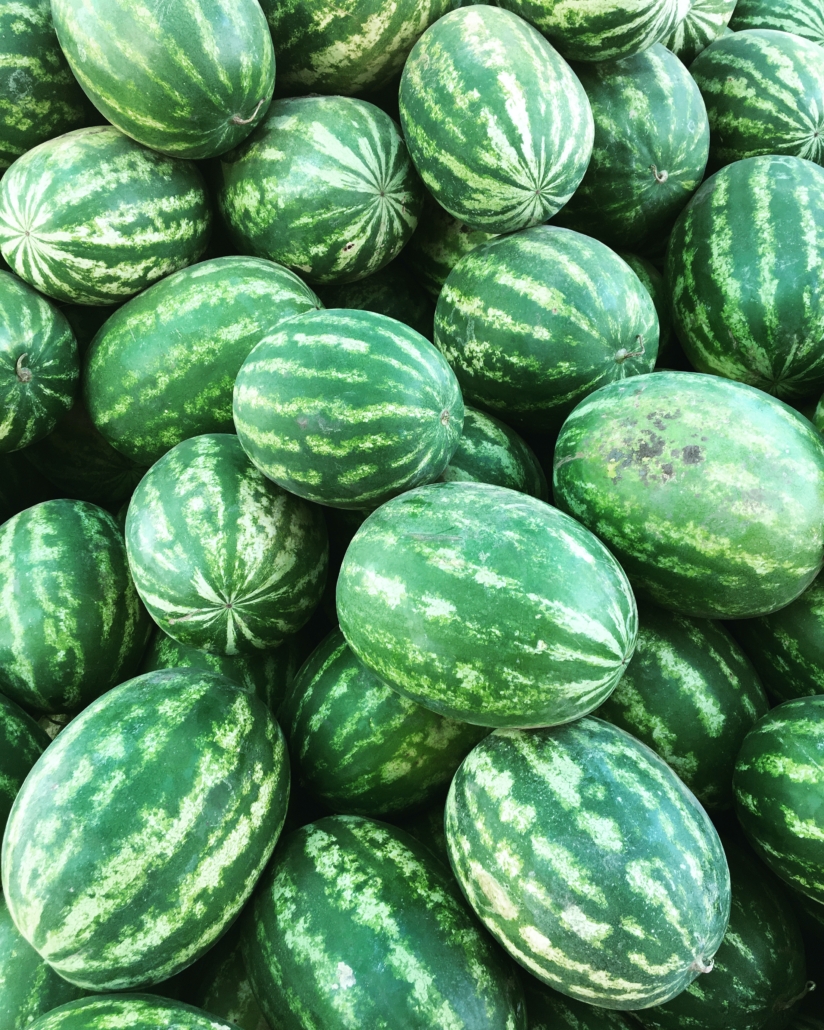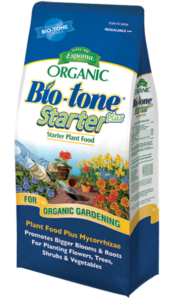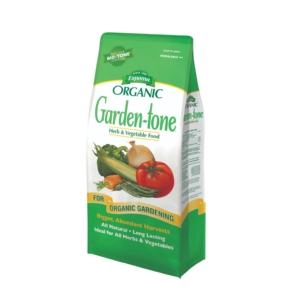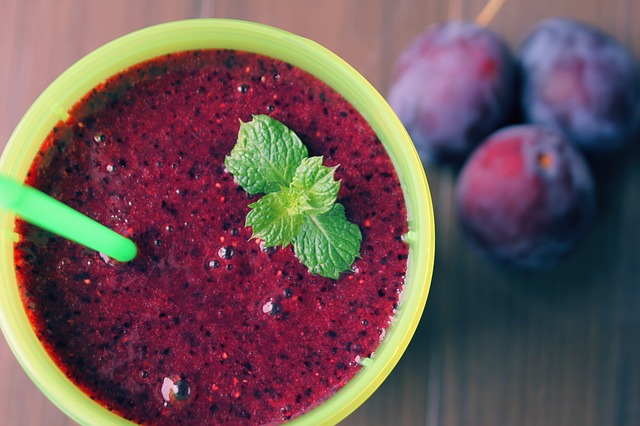5 Deliciously Unique Fall Vegetables
Most avid gardeners have planted the veggie essentials in abundance, but what about the forgotten veggies and those varieties that look a little different from the usual choices?
There is a surprisingly long list of what are considered “unusual” veggies, but below are five of the strangest, most delicious ones that you’ll want in your garden.
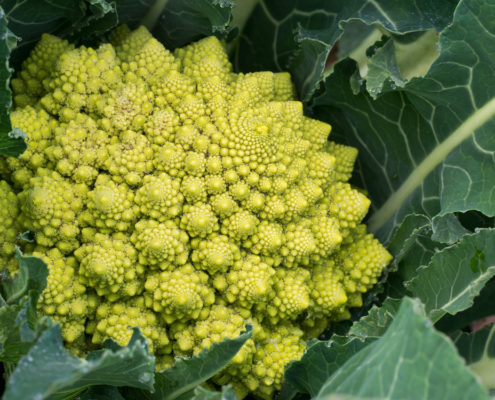
Romanesco Broccoli
If you’re going for the “wow” factor in your veggie garden, then Romanesco broccoli is the plant for you. Its intense, bright green fractals of broccoli are stunning. It is similar to cauliflower in terms of care. For best results, be sure to keep the soil moist and plant in a spot with full sun. Keep romanesco broccoli fed with Espoma’s Garden-tone. You can eat this stunning broccoli in a number of ways: raw in a salad, steamed, or grilled. Hardy in Zones 3-10.
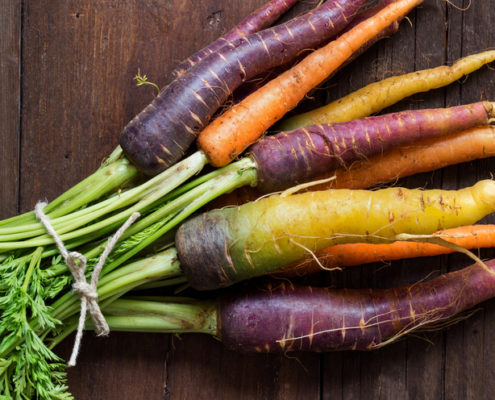
Kaleidoscope Carrots
Jewel-toned colors like yellow, purple and red make for a fun pop of color for this classic favorite veggie. Choose rainbow carrots to add a variety of color to salads, sides and stir-fries. Plant seeds in late summer for a harvest that can be enjoyed on autumn days and even for Thanksgiving dinner. Straight roots need light, loose soil so sow carrot seeds in deep, well-worked soil in full sun. Grow in any region.
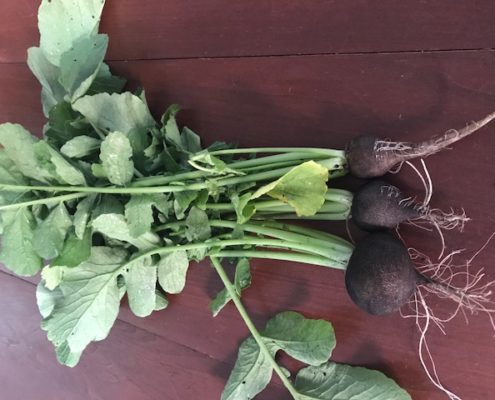
Black Radishes
Radishes are quick and easy to grow. Heirloom varieties of black radishes take about two to three times long to grow than regular radishes and tend to be spicier. Their crisp black skin and snow white flesh will make them an intriguing addition to any veggie platter. If radishes are too pungent, remove the skin before eating. Black radishes do need plenty of sun, so choose a spot where they can get 6-8 hours of direct sunlight. Feed with Espoma’s liquid Grow! for bigger plants. Grow in any region.

Tree Onions (Egyptian Onions)
These onions set their bulbs at the top of the plants. They taste similar to shallots, but with a more intense flavor. Stalks fall over when they get too heavy, allowing the bulbs to “walk” and plant themselves in a new space. One walking onion can travel as far as 24 inches and create six new onions. Plant bulbs in late summer (before the first frost) to harvest next year. Hardy in Zones 3-10.
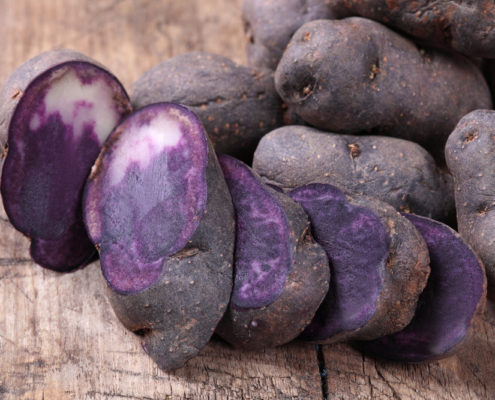
Blue Potatoes
The vivid bluish-purple hues of Adirondack potatoes make them a stunner for any dish — especially mashed potatoes. They taste like regular potatoes and get their unique coloring from anthocyanin. There are many varieties including some with a marbled blue and white interior. Plant potatoes in fall to get a head start on a spring harvest. Grow in any region.
Espoma products for Unusual Veggies:
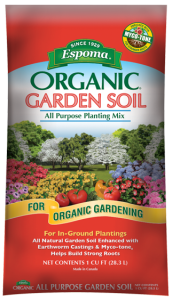
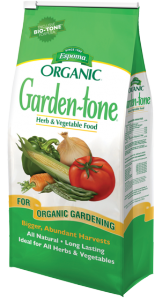

If you’re looking for the basics, learn how to plant veggies in containers!

